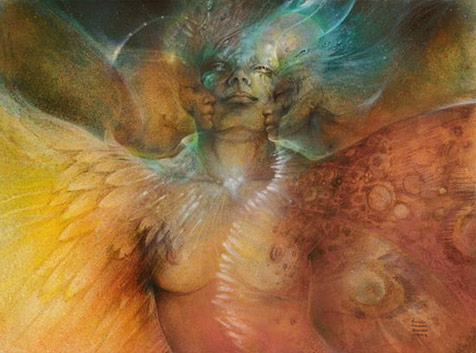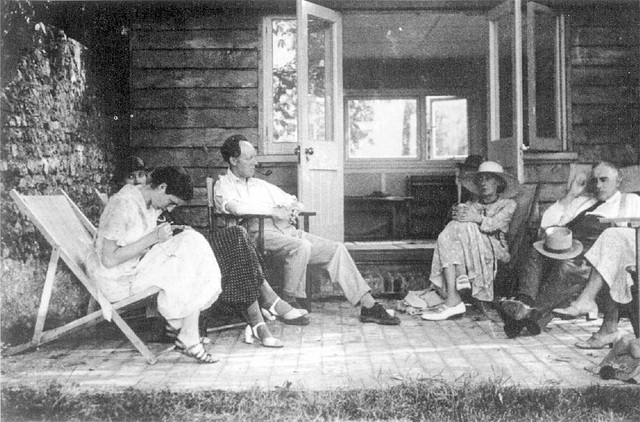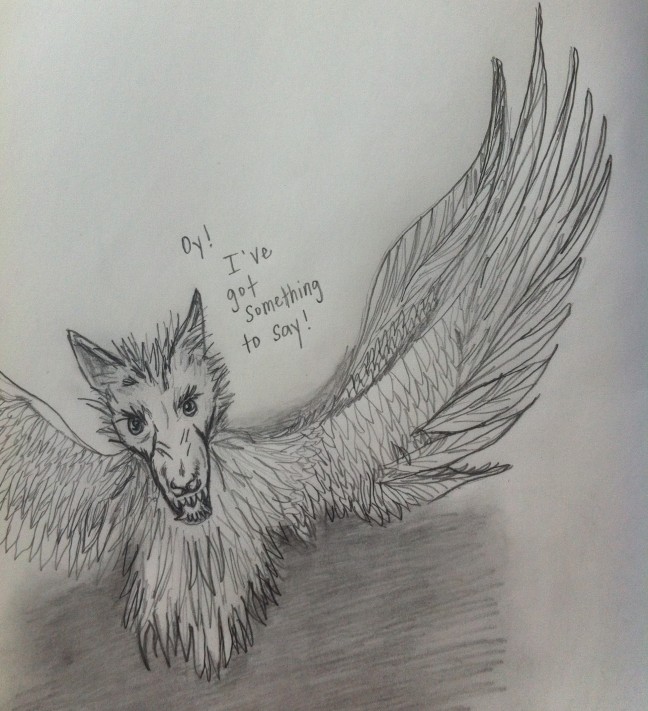History is not authentic. History has an inherent bias, it is almost a record of the opinion of the writer at the time it was written. Mary Prince’s history then, gives us a snapshot of the historical period in which her work was produced, and a snapshot of her identity.
When we question “authenticity” we perpetuate the inferiority/superiority power dynamic rather than deconstructing social constructions, say of race, sex, class, and critically analyzing the historical context within literature, or historical texts. The pieces of work themselves become power to show the structure of difference, and how individuals work within this structure, and how we redefine our power within and outside of the powers that define us. Authenticity can perpetuate ideas of inclusion and exclusion, although someone’s work may be their own personality and spirit they may not meet a standard or norm set by society, and so may be dismissed.
Why was it that Mary Prince’s story could only be heard through print literature? Who controls the power behind what is “heard” or “read”? Why is oral storytelling not recognized in the same light as print literature? Mary Prince was a woman trying to tell her story in a world rigidly structured around patriarchy and power. Prince signifies the refusal to accept “slave status”, but also the refusal to give up her own power and will in a world entrenched in violence and control. Yes, we must understand that her story was edited and shaped to reflect the opinions of anti-slave activists like Thomas Pringle, but as Sandra Pouchet Paquet says in The Heartbeat of a West Indian Slave: The History of Mary Prince, it is still her story. Do we take power away from what Prince accomplished for her time by questioning the authenticity of her story? She is telling a story of a history that has been collectively shaped, by many within structures of power, why must she be critiqued for collectively writing and retelling her own story, a story that reflects many.
For Prince, her story is one of resistance, literature itself is a site of resistance. Even though The History of Mary Prince was created through collaboration and editing, it is still a form of resistance, and a reclaiming of power. If we look at literature as a projection of oneself from within, we can understand that Mary Prince’s story is her own, yes, but also that of others; simply recognizing the existing social order during the nineteenth century, and within the anti-slavery movements, gives us further insight into Mary as a powerful woman, Mary as a survivor, Mary as author.
James Opp and John C Walsh discuss in Home Work & Play how we situate social history in space and time. History can be heard, understood and experienced in so many different ways, in multiple contexts, that Mary’s story should not be lessened for being written and edited by someone else, this happens in writing, in literature, in history “(re)telling.” Reading The History of Mary Prince allows us to recognize that history is not “authentic” in the telling, and offers an approach for destabilizing what is perceived as neutral, uncovering hidden knowledge and power that is present in the history itself. Mary’s history is not neutral, and the knowledge of place and time – gender relations and class relations, race and sexuality, that her work provides for us is powerful. We can understand her social experience, as well as the social structures in place that limit and/or define her experiences.



